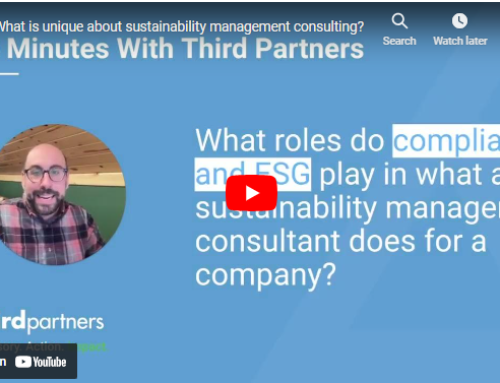A brief guide to the financing options for businesses and organizations to reduce energy costs.
Energy cost savings are typically the strongest incentive to develop an energy efficiency project. The opportunity for cost savings is enormous: the U.S. Department of Energy estimates that the average facility wastes 30% of the energy it consumes. Our Energy Efficiency 101 white paper describes the types of opportunities available to facilities.
During the financing step of a project, the project developer must identify and quantify the anticipated cost savings from all of the available energy conservation measures using the following data: historical utility or sub-metered consumption data (12-24 months), installed cost estimate, and projected energy performance of the new equipment.
Once the financial projections are developed, an organization can either finance the retrofit itself, or seek financing from an external source.
Internal Financing Structures
There are several strategies for organizations to produce financing for energy efficiency projects; Third Partners provides advisory on this process and can help determine the best course of action for your organization:
- A carbon or energy use tax can be levied on internal departments based on the quantity of carbon emissions produced or energy consumed. The proceeds from this tax can be used to finance projects.
- Energy efficiency project finance can be included in pre-existing capital asset funds for regular facilities improvements, and the proceeds from energy efficiency projects can be funneled back into the asset fund in future years.
- Rebates & tax incentives can offset project costs up to 70% and are often available from energy utilities or federal, state, and local governments for a wide variety of ECMs.
External Financing Structures
Obtaining external financing for an energy efficiency project can be complex, but there are financial vehicles and legal structures that can simplify the process. To read about these options, please download our white paper or contact us today to discuss how your organization can reduce energy bill costs.


